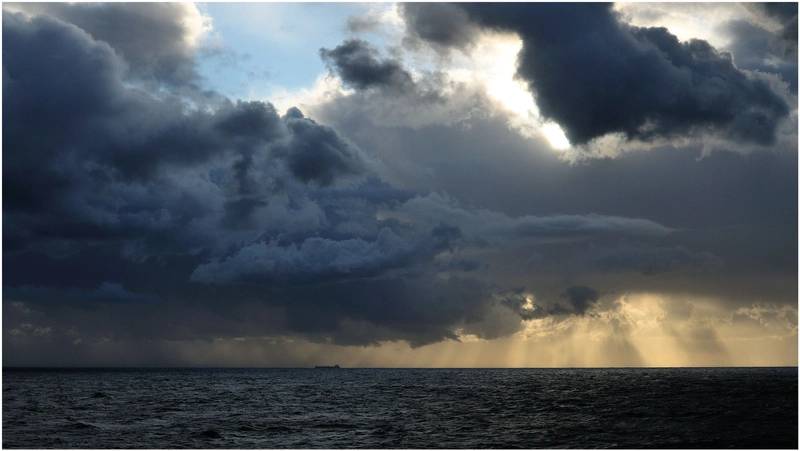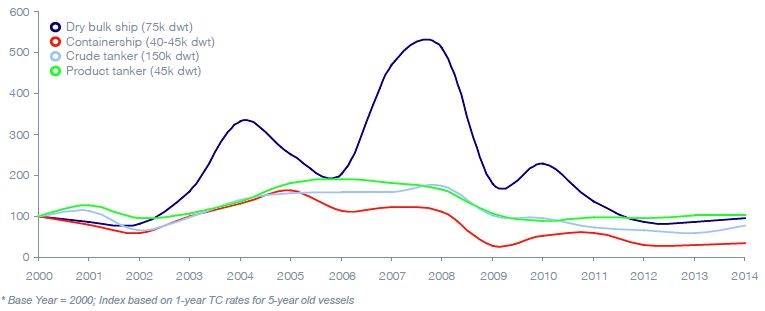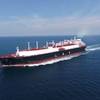Healthy returns enjoyed by the product tanker market in recent years are under threat as impending fleet growth is expected to reduce the sector’s earnings over the medium term, according to the Product Tanker Market Annual Report 2015 published by global shipping consultancy Drewry.
The widespread switching of trade by product/chemical tankers (also called “swing” tankers) from chemicals to refined products has resulted in rapid growth in the product tanker fleet, which has expanded by 11.4 million dwt through 2012-14 (of which 8.2 million dwt is attributable to switching of tonnage). According to Drewry, this large-scale shift in tonnage capacity, coupled with a hefty orderbook delivery schedule for the next two years, will exert downward pressures on freight rates, despite steady growth in products trade volume and lengthening of average voyage distance (in turn tonne-mile demand).
“Although seaborne trade volumes for refined products will continue to grow at a healthy rate over the forecast years, we expect freight rates to come under pressure in the near term,” said Nikhil Jain, Lead Analyst at Drewry.
The ongoing changes in global products trading patterns – led by the advent of shale oil in the U.S., downstream expansion in the Far East and rising oil demand in emerging economies – will ensure steady growth in tonne-mile trade for products, with strong gains expected for gasoil (diesel) and naphtha.
Tonnage demand (in tonne-mile terms) for product tankers is projected to rise at a CAGR of 2.8 percent over 2014-20 (compared to 2.9 percent over 2011-14), with the bigger MR2 and LR2 segments accounting for the majority of the increase over the forecast period.
However, a major shift in “swing” tonnage entering the products trade together with the high pace of deliveries are expected to boost tonne-mile supply growth to 3.5 percent per annum over 2014-20, outpacing the growth in tonne-mile demand, especially during 2016-17.
“A widening in the tonnage supply-demand gap and consequent decline in fleet utilization rates during 2014 and the first half of 2015 has failed to depress freight rates for products tankers, which have benefited from the recent surge in crude tanker rates and overall market sentiments,” Jain said. “However, when the dust settles, rates are anticipated to decline in line with falling utilization levels during 2016-17. The market is expected to stage a recovery, albeit a modest one, from 2018 onwards, provided ship owners abstain from repeating another round of excessive tonnage ordering as seen in 2012-14.”




















